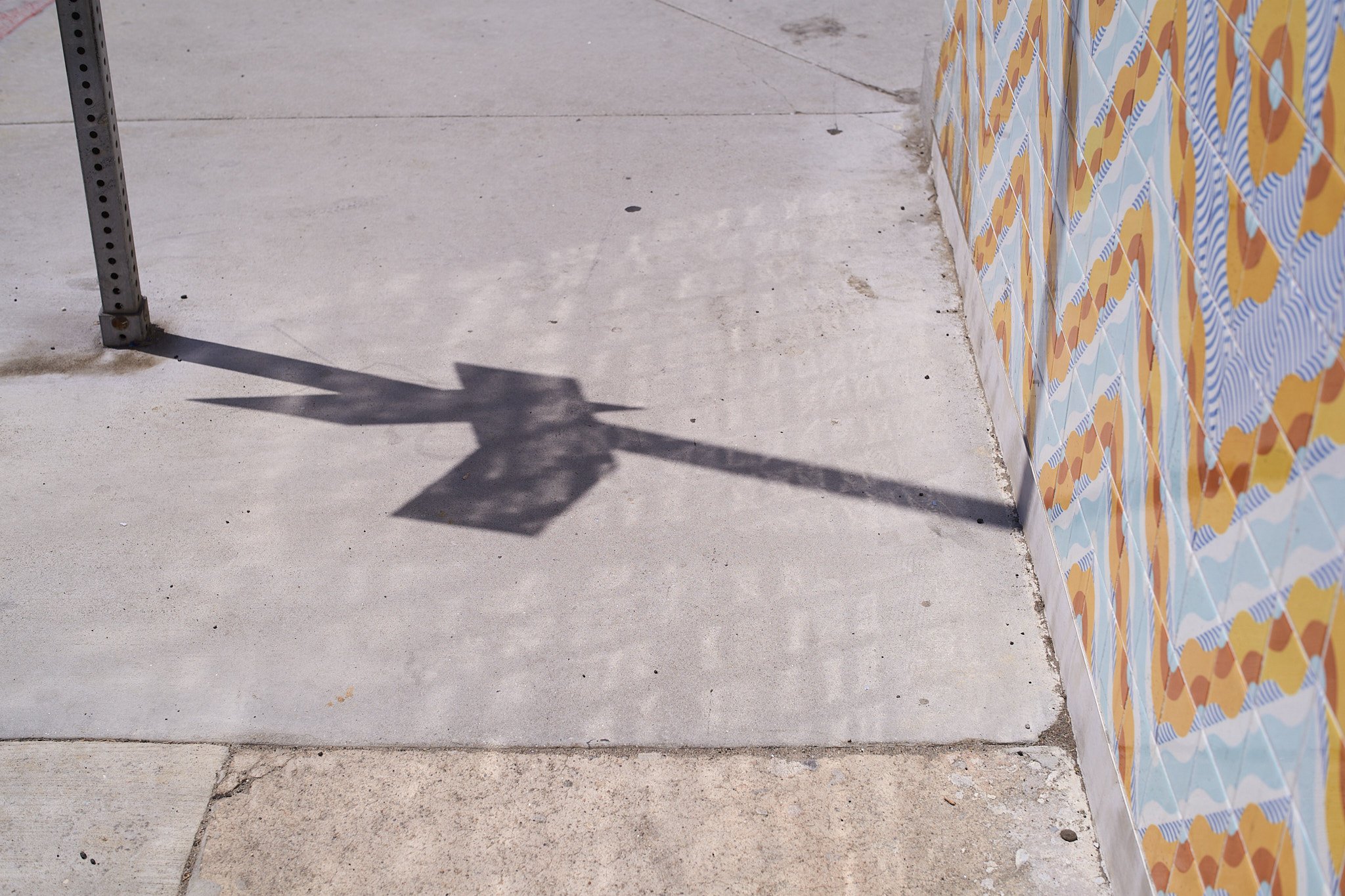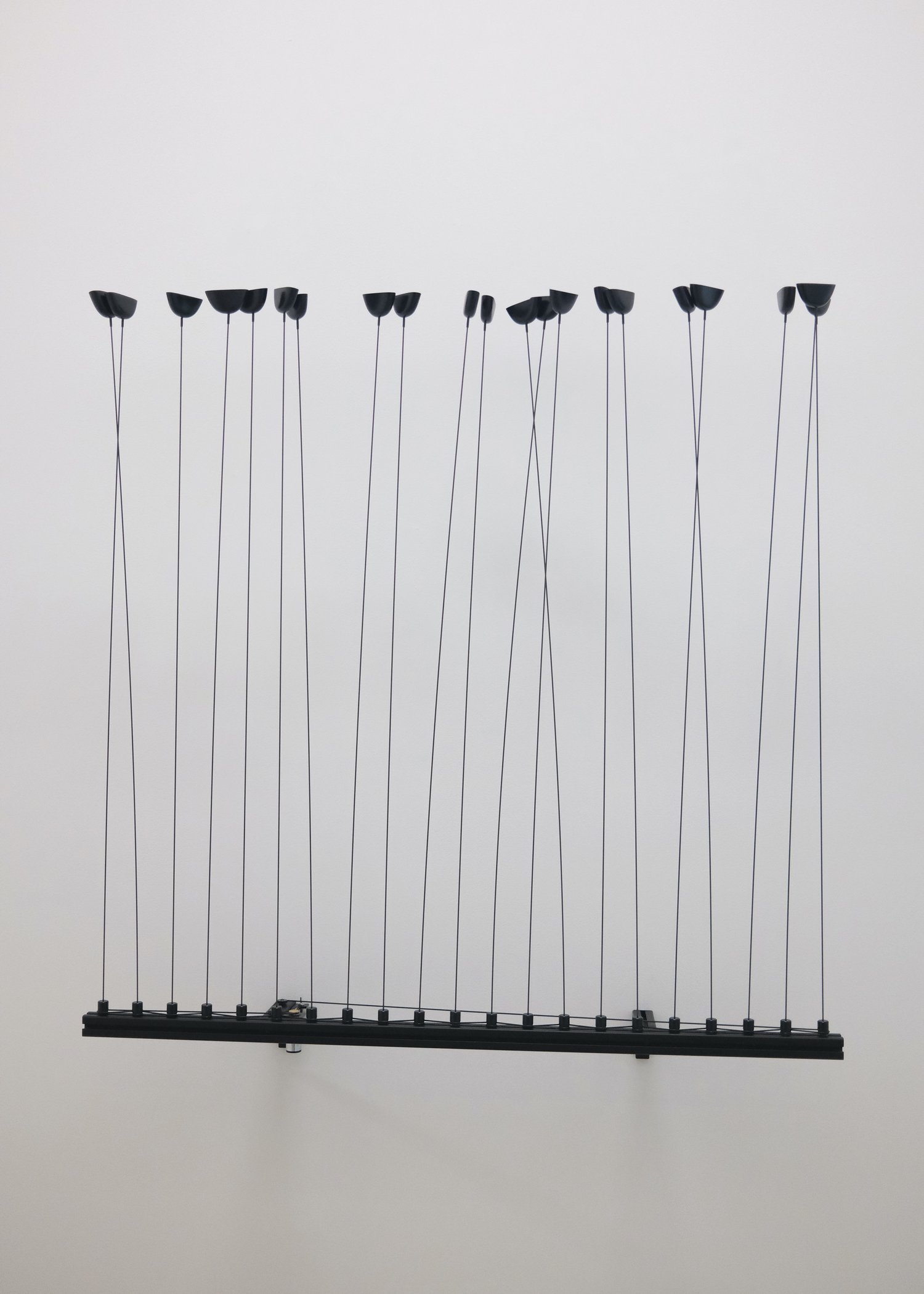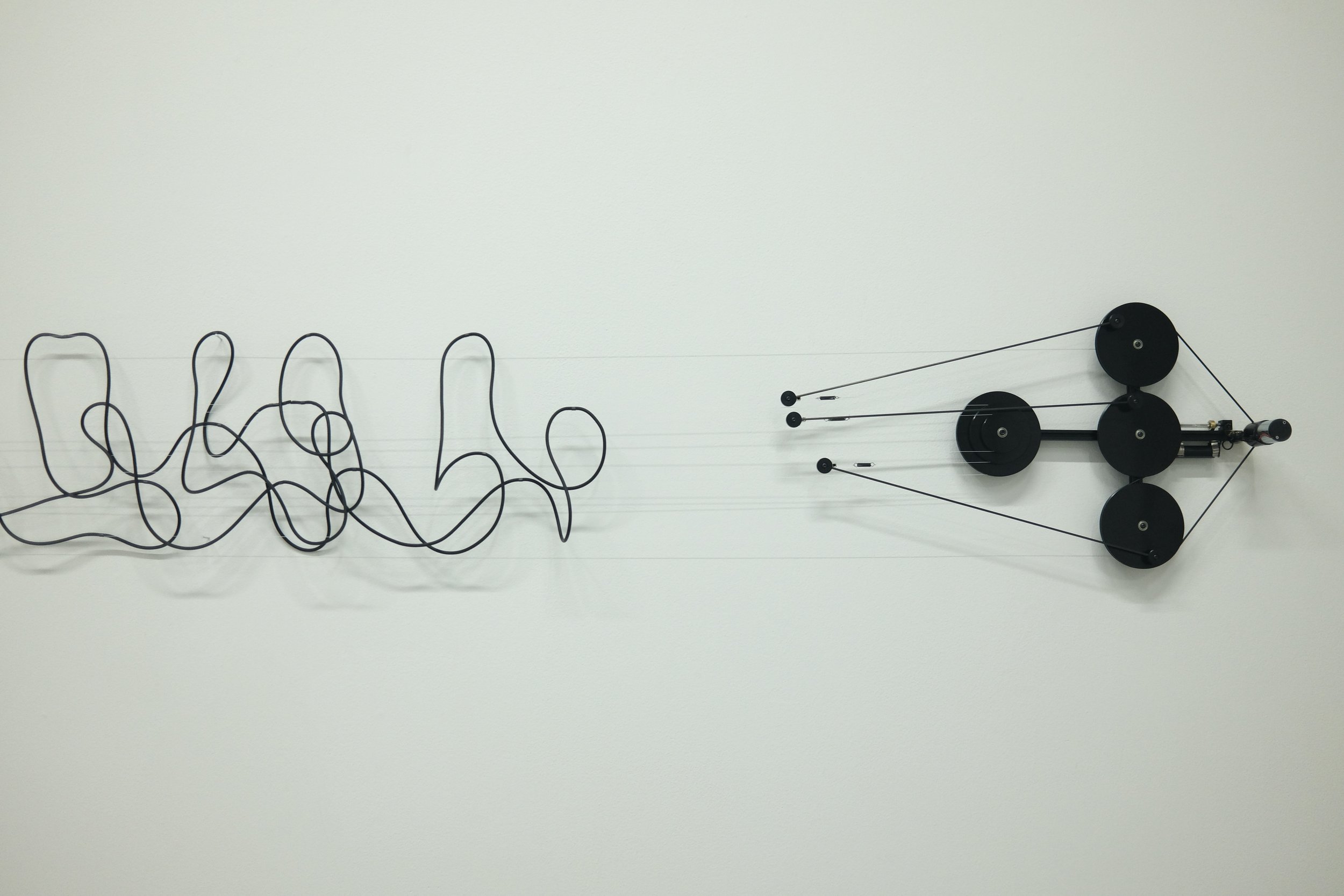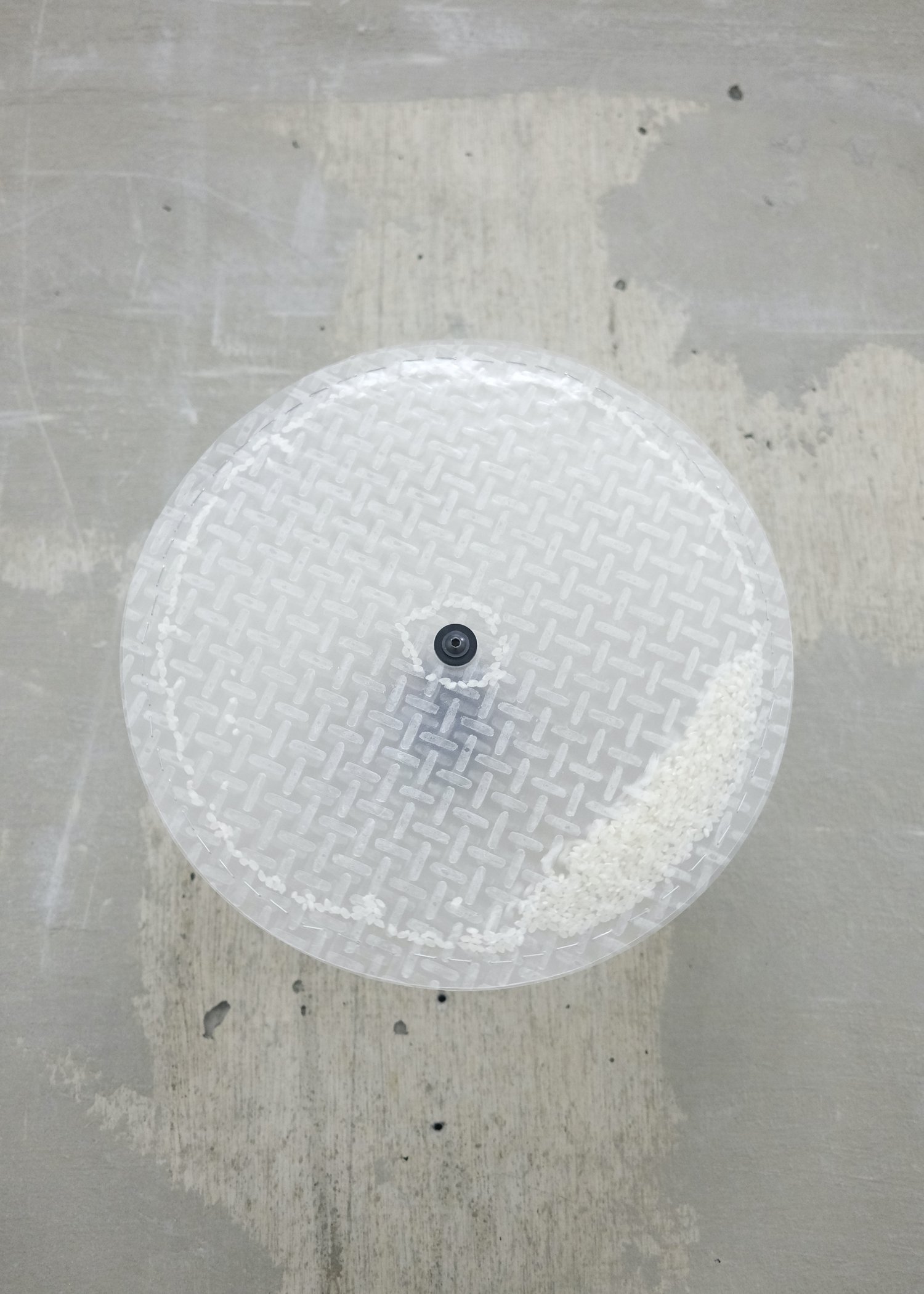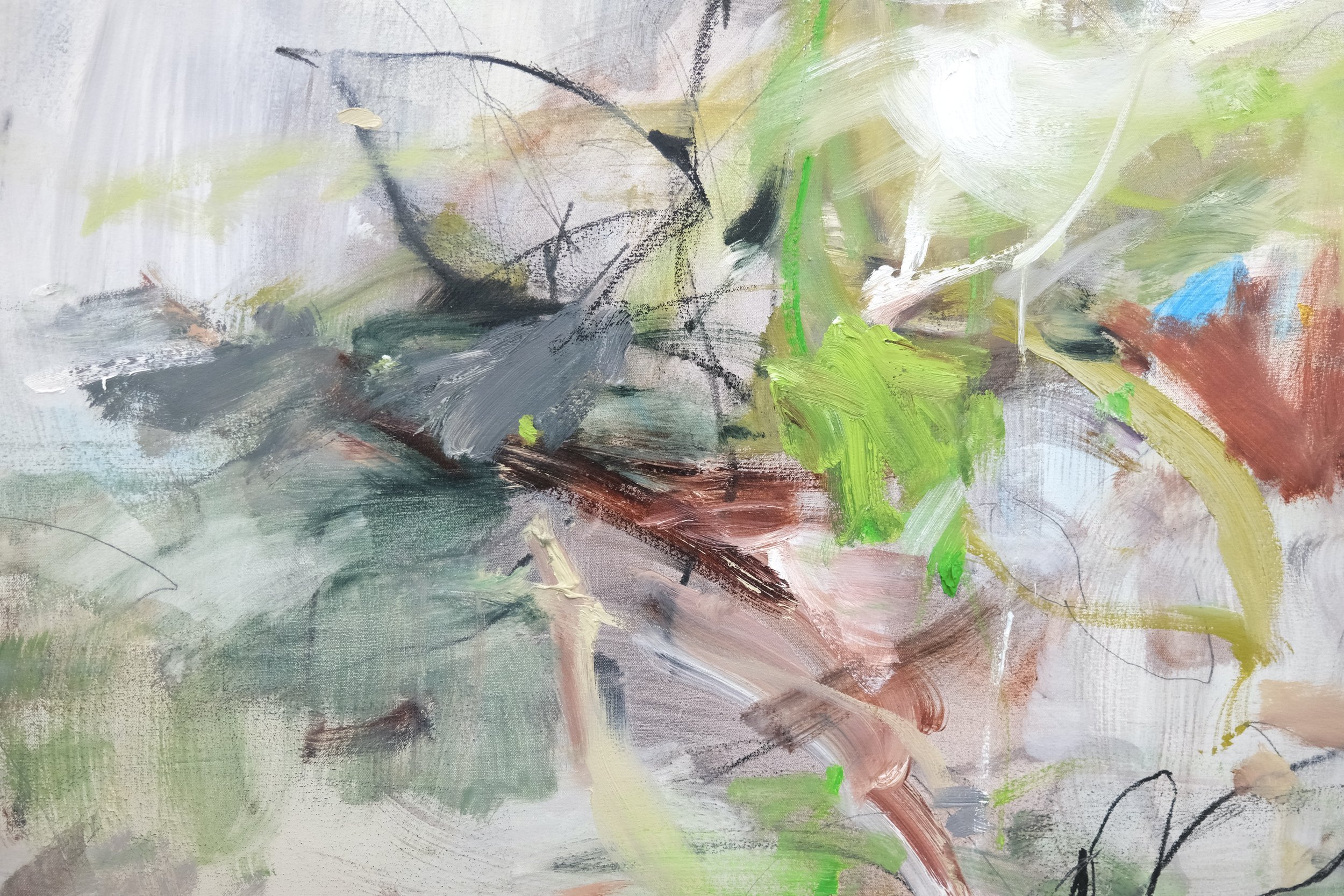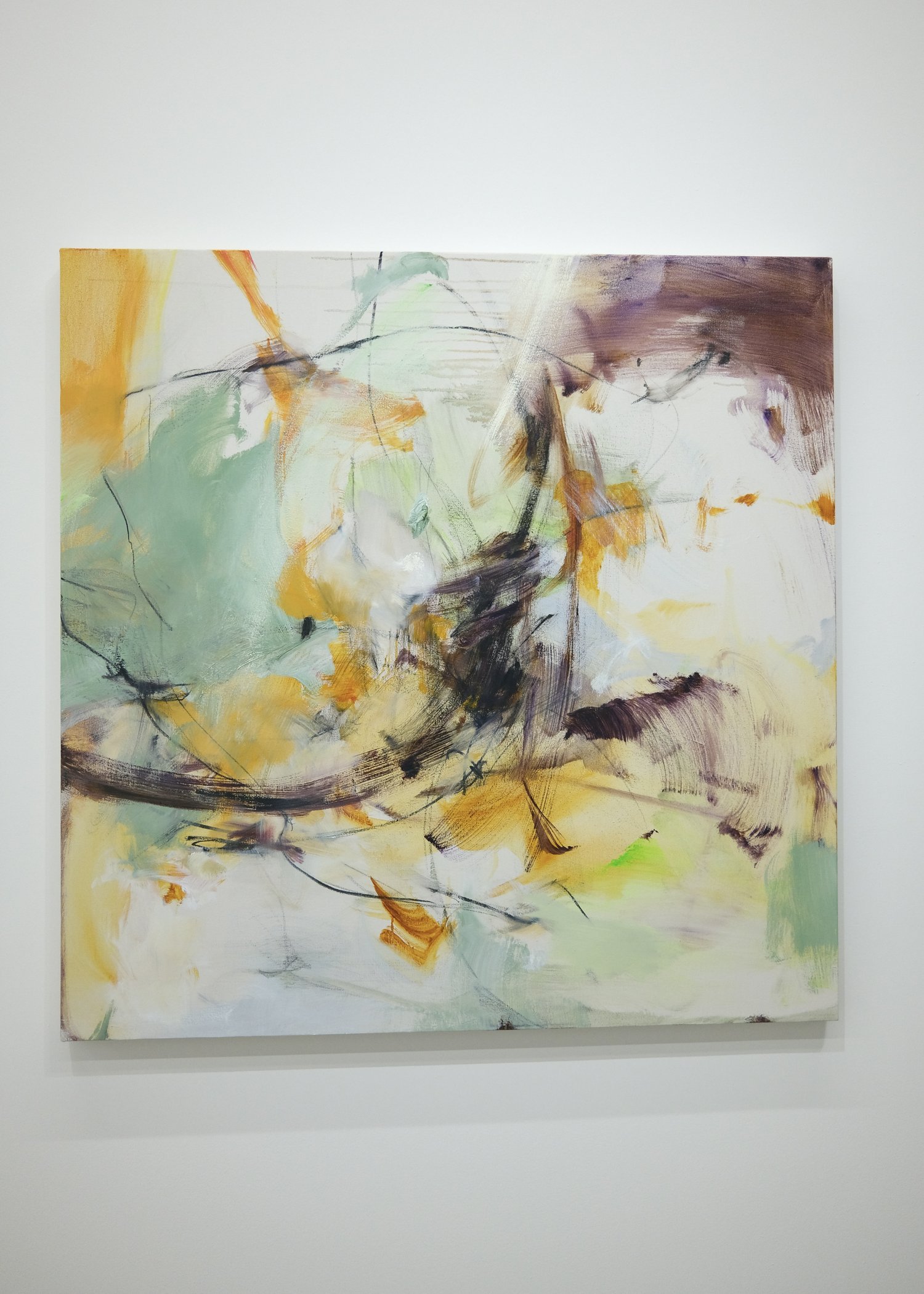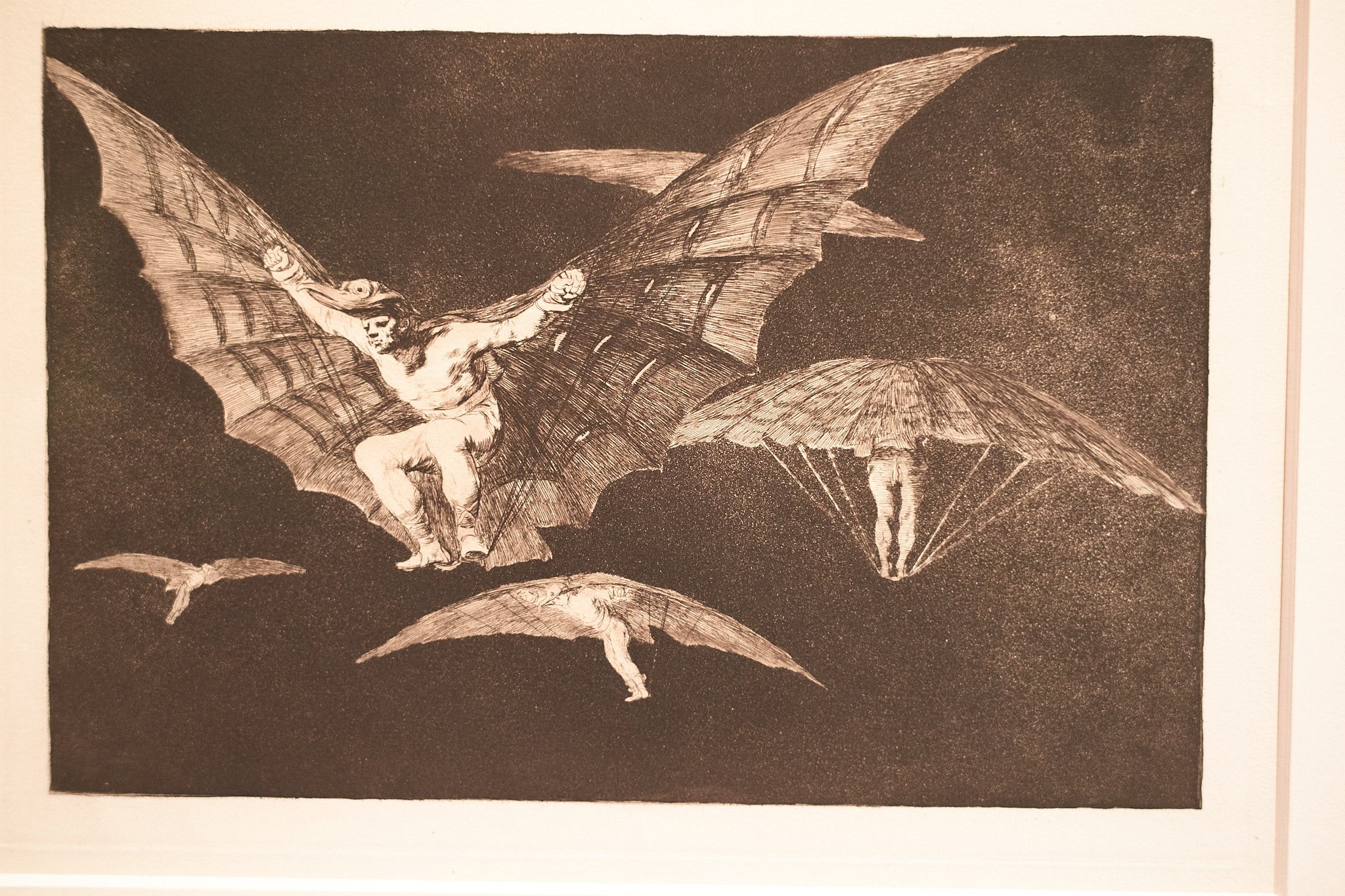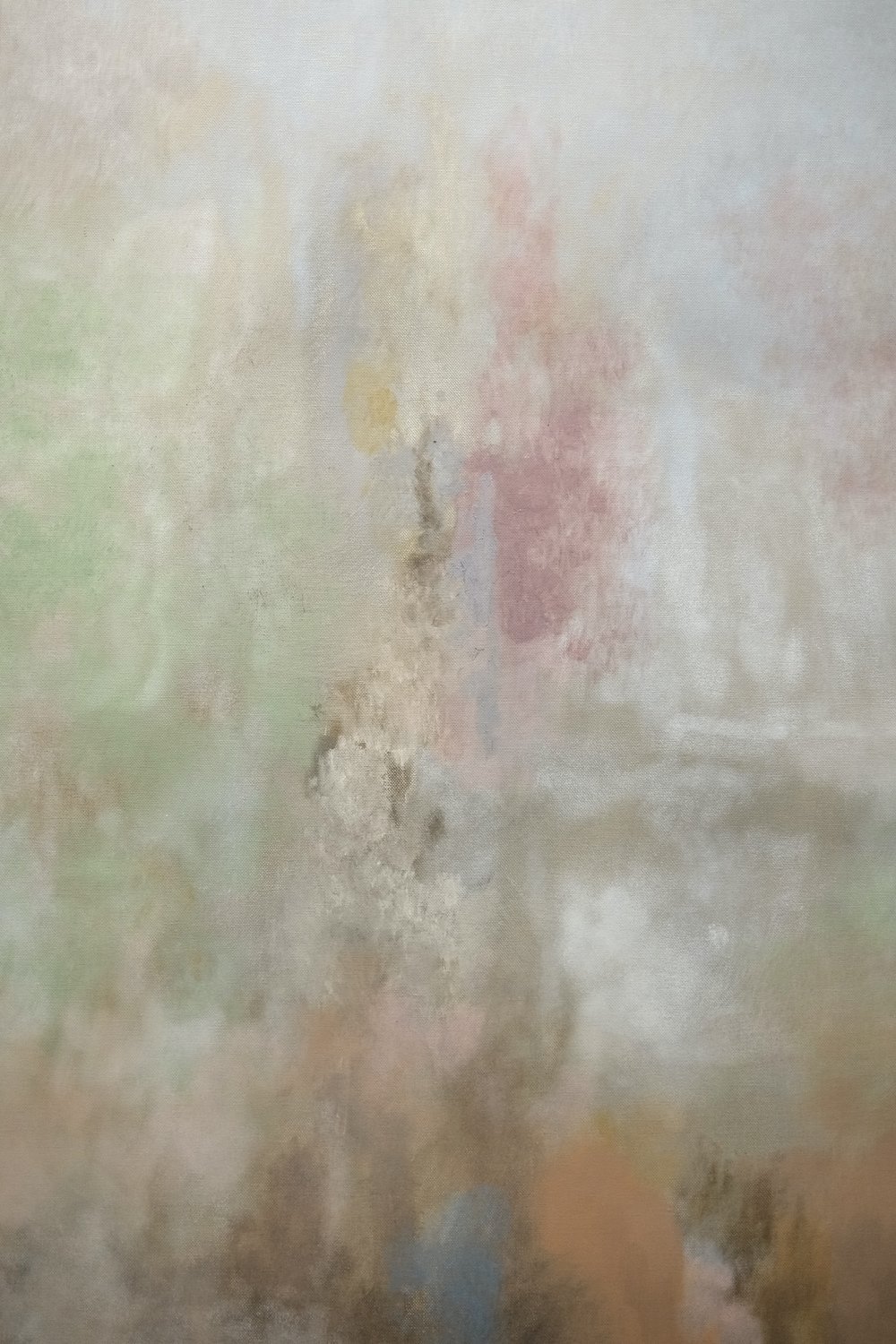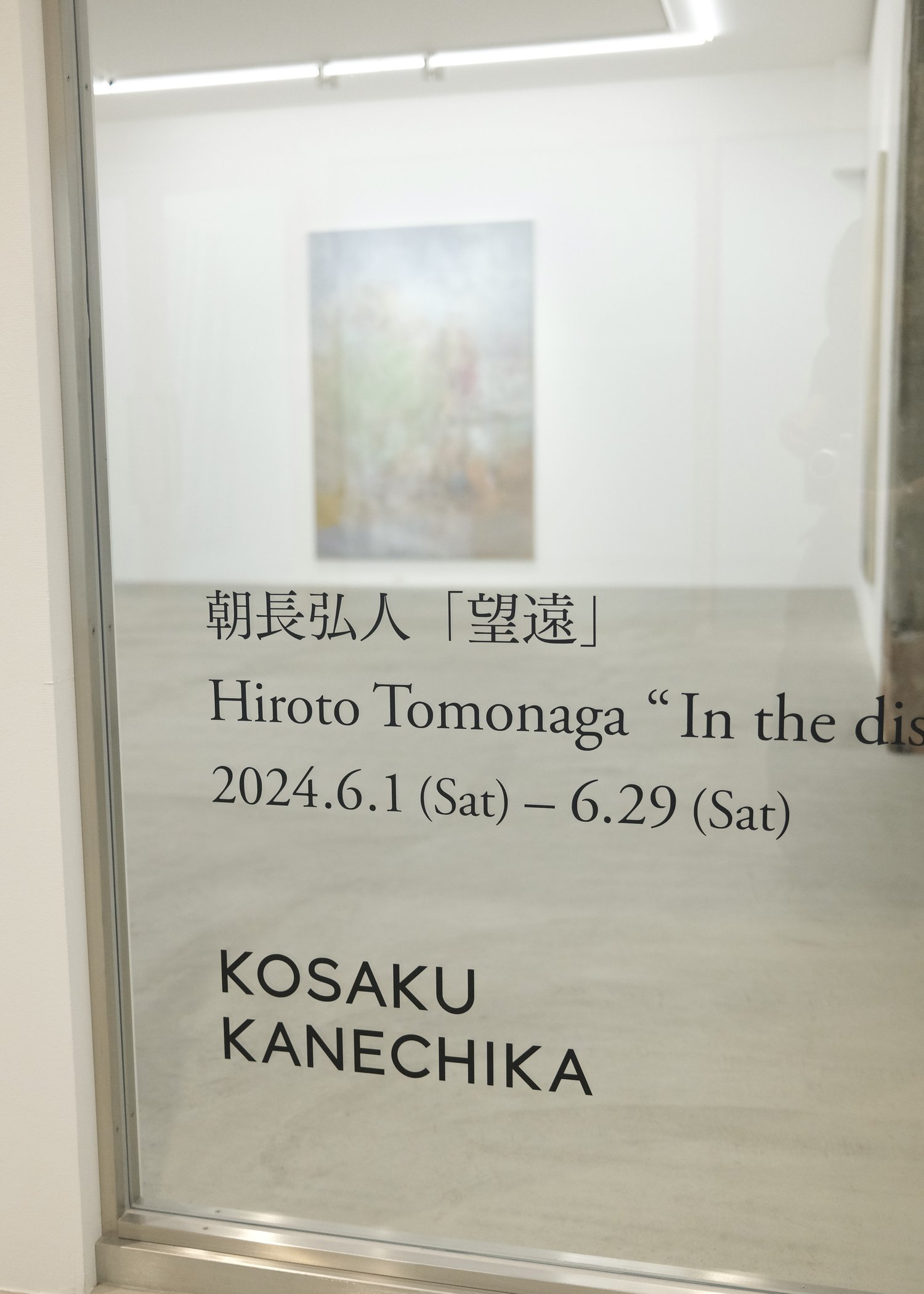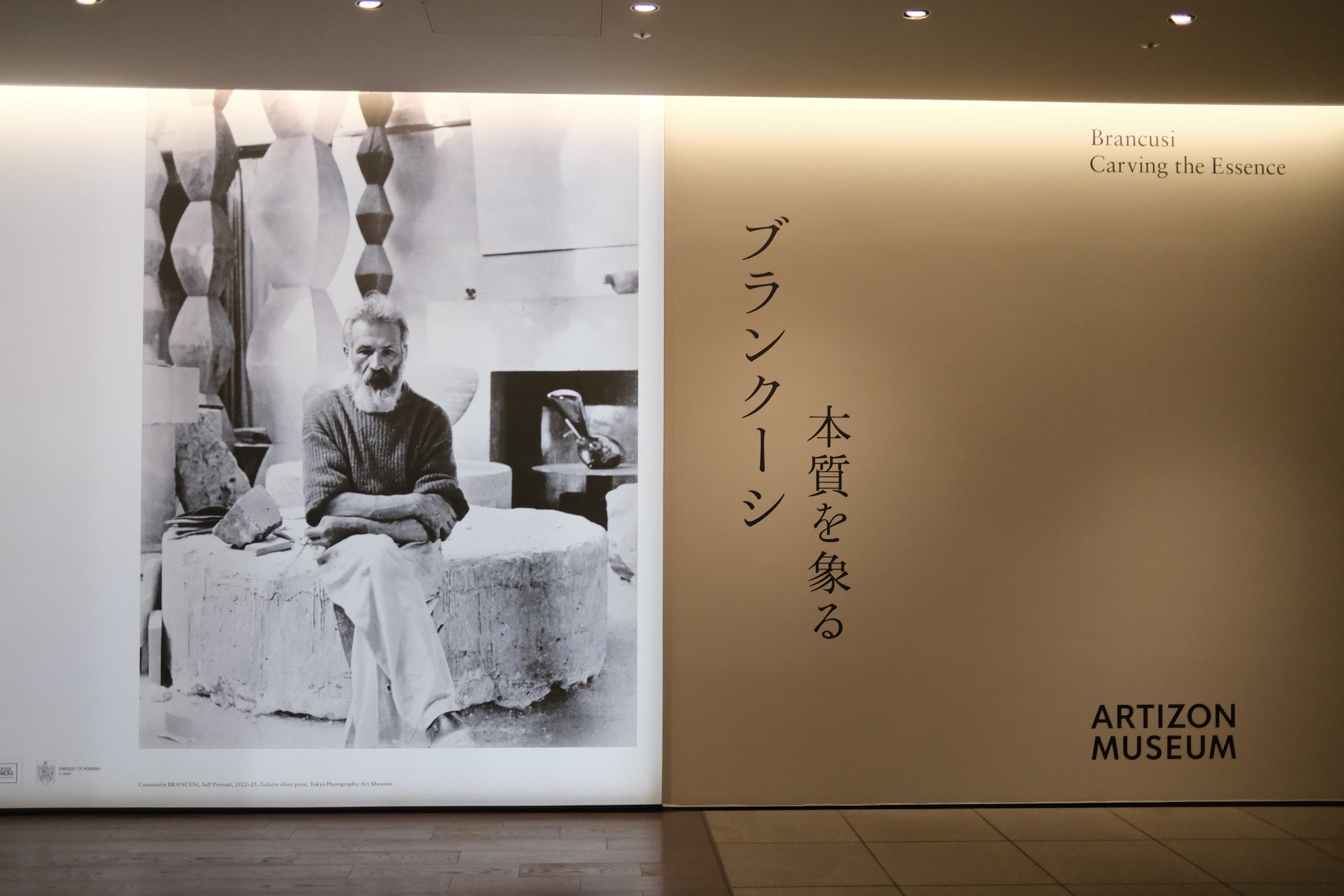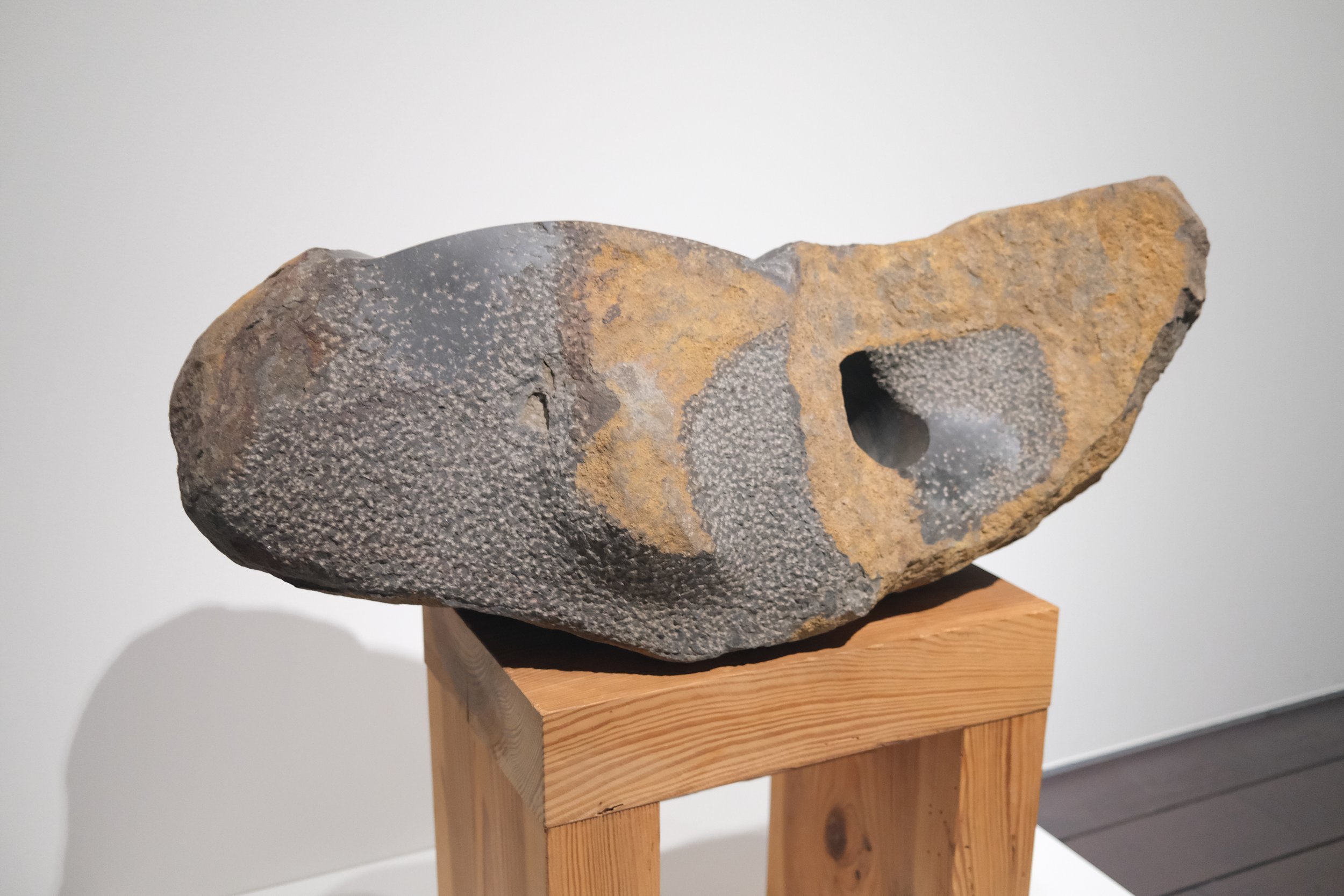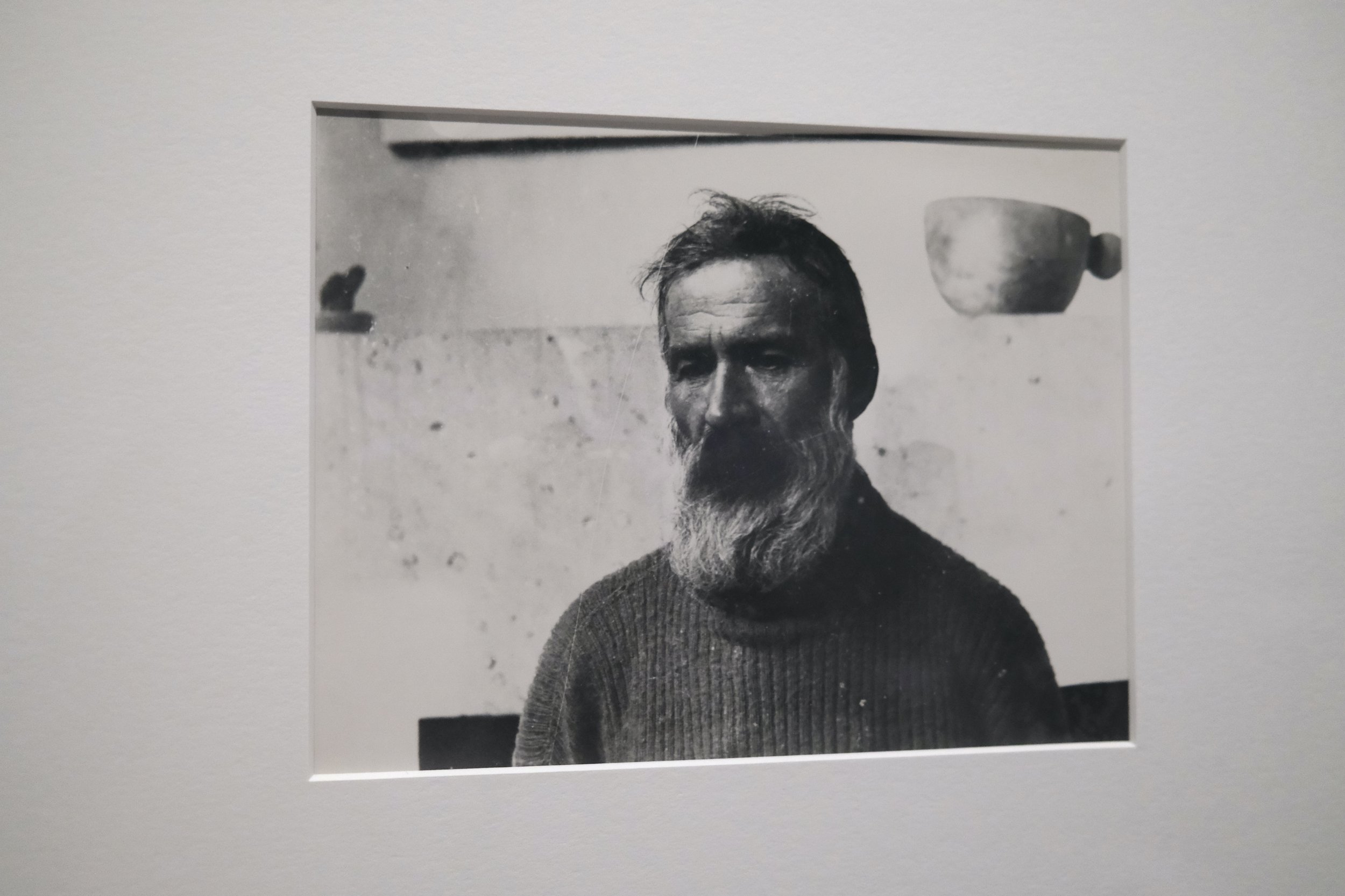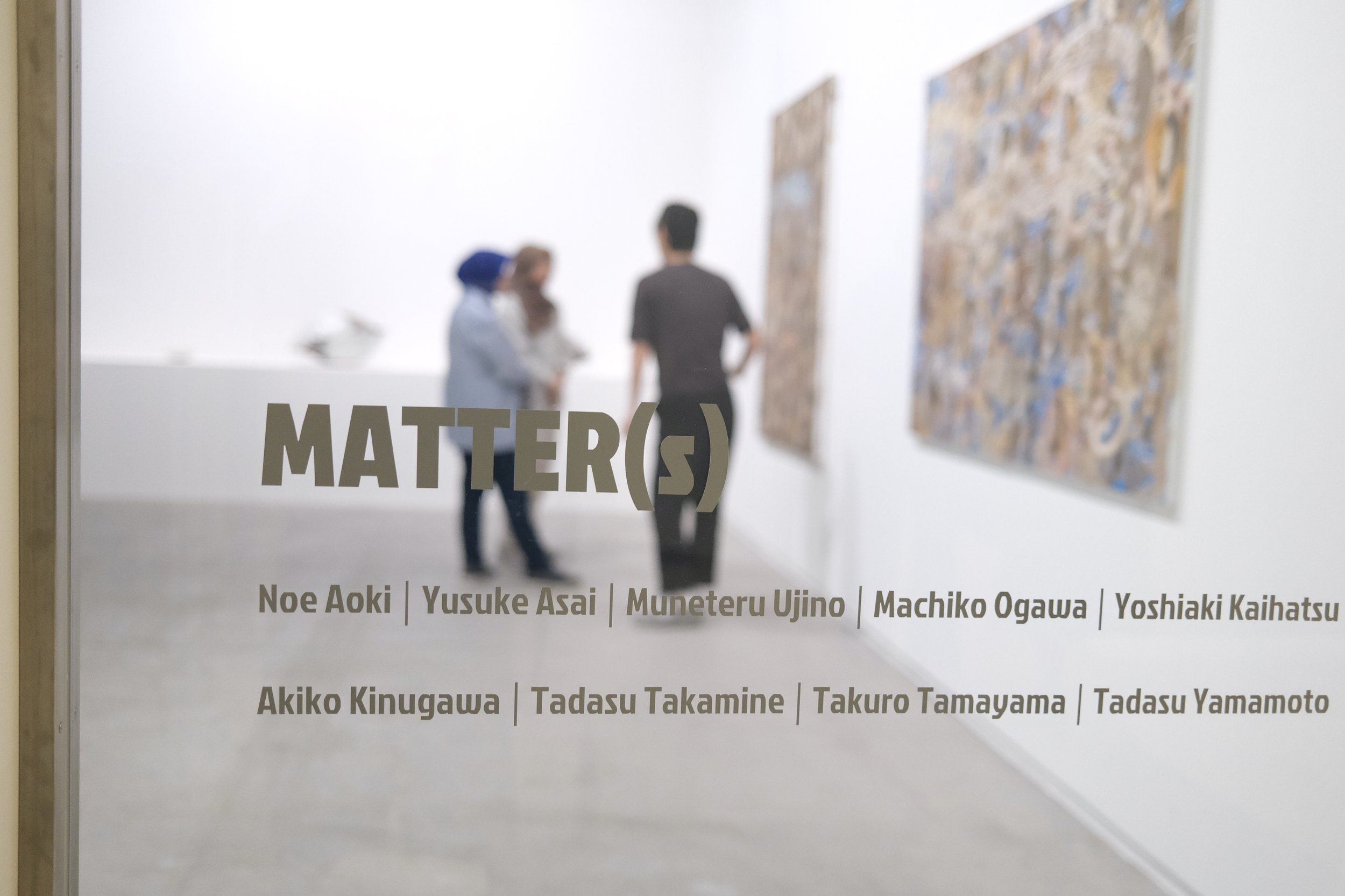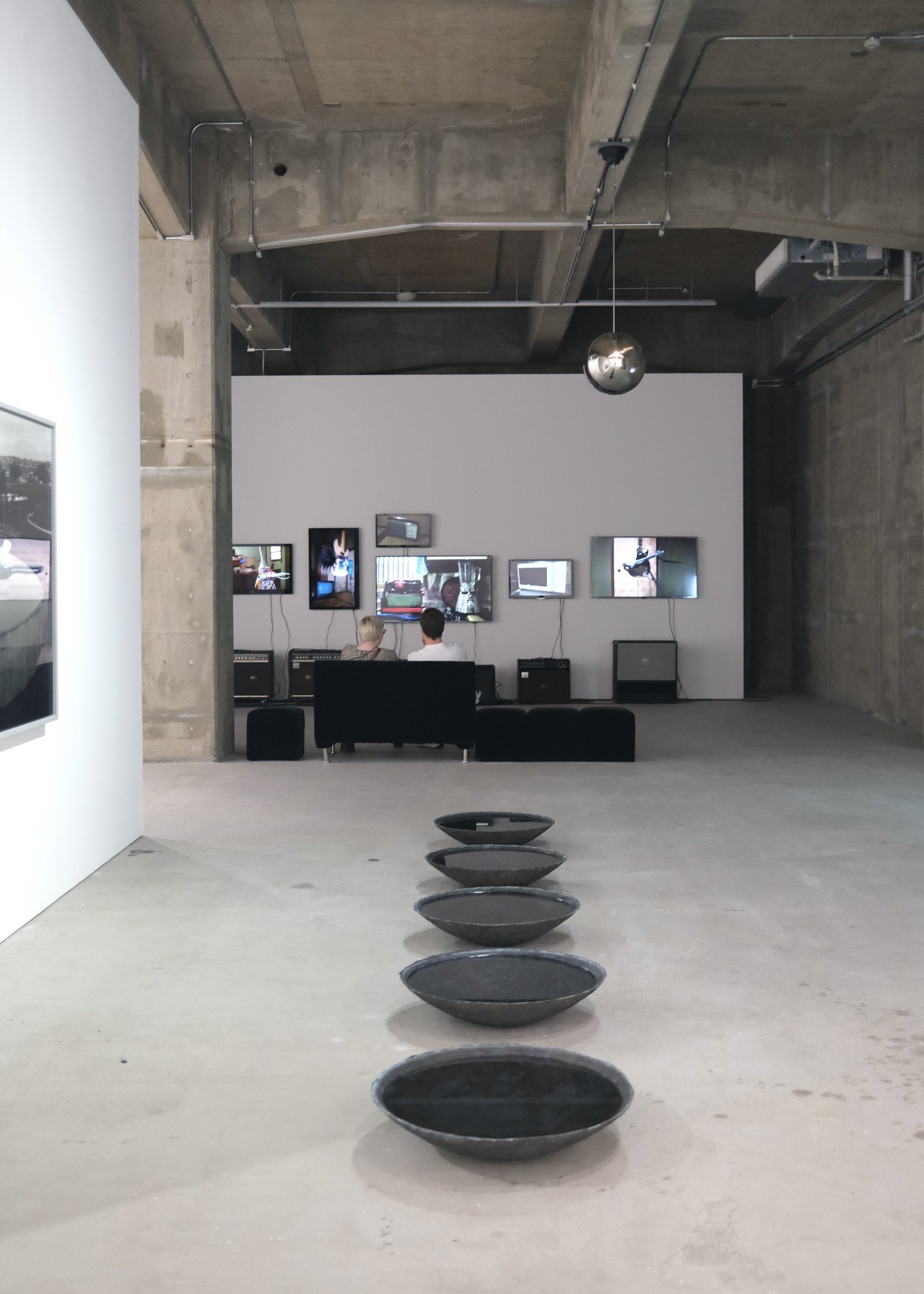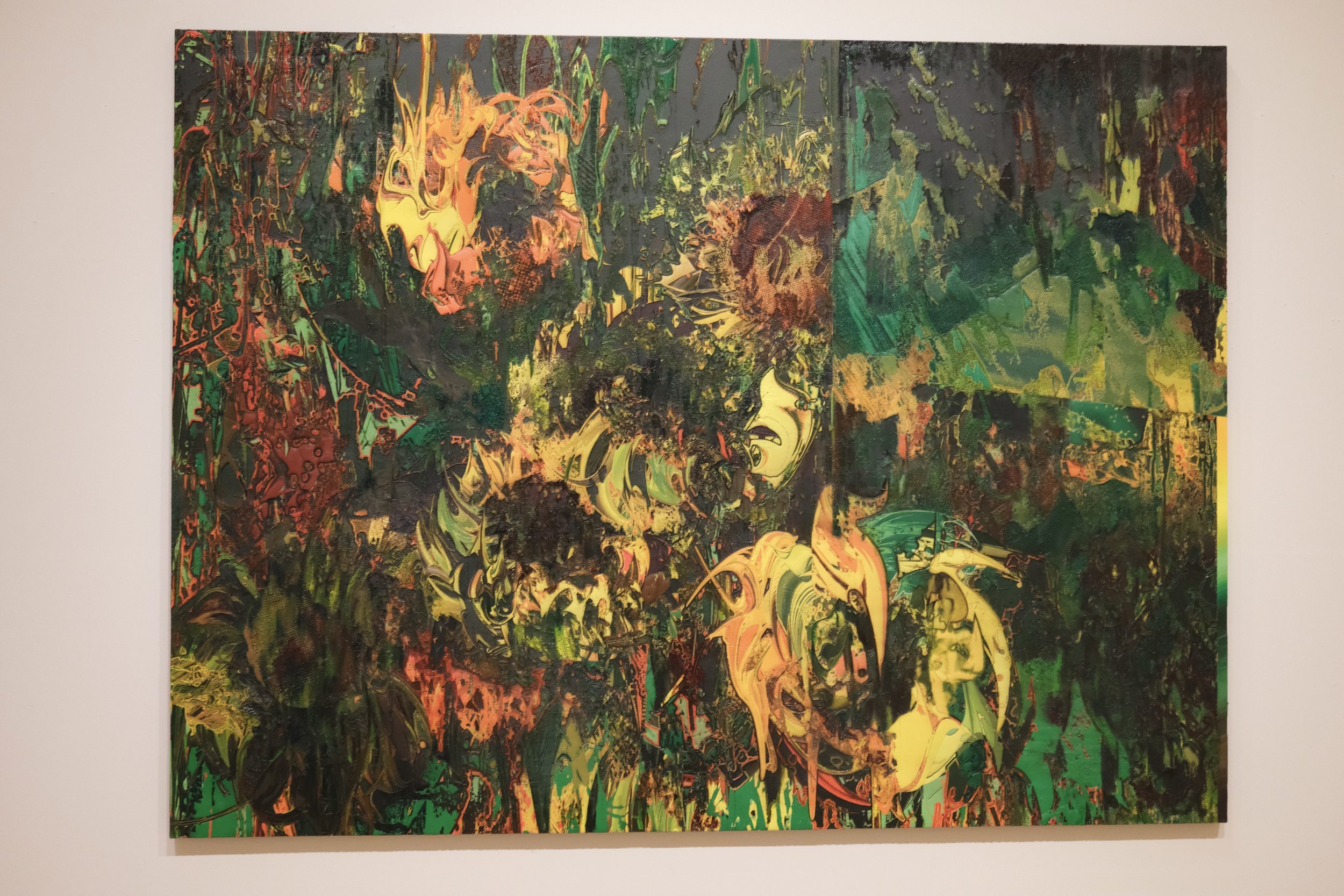The observer. Looking out, over the world. As she closes her eyes, we seize existence. As she reopens, a new existence.
Machine that sow together time.
Two weeks, at Balse.
Much focus on music. Digging into, catching up with German pop.
but we start with a very dancy live from - FCUKERS - "Bon Bon" - 2024/3/13 13th Floor, TX
and the unique electro pop Magdalena Bay - Image
wow, ok respect- Tove Lo & SG Lewis - Busy Girl (Official Music Video)
Jordana - Push Me Away (feat. Magdalena Bay)
“Basura” Soltera visualesdekari
The German pop journey phase, starts here:
fyne
Schüttelfrost - fyne (Official Video)
Liebesbriefe - fyne (Official Video)
S1RENA - German hyper pop
S1RENA - Atlantis (Official Video)
S1RENA - Weit Entfernt (OFFICIAL VIDEO)
S1RENA x mickyi - Zone Out (OFFICIAL VIDEO)
ELIF- Elif Demirezer also known by her stage name ELIF, is a Berlin German pop musician of Turkish descent
ELIF - ABER WO BIST DU (Official Video)
ELIF - BEIFAHRERSITZ (Official Video)
ELIF - ABER WO BIST DU (NACHT SESSION)
ELIF - NUR MIR (Official Video)
A fascinating short documentary film on a new club making story- Inside Open Ground: A very interesting new Club with an incredible sound system (Subtitles)
AND a really loving the heavy dose atmospheric electro pop that is KUČKA
KUČKA - Heavyweight (Official Video)
KUČKA - Drowning (from the album ‘Wrestling’)
KUČKA - Real (from the album ‘Wrestling’)
KUČKA – ‘Not There’ (live for Like A Version)
KUČKA - Wasting Time (til the end of the world)
KUČKA - Eternity (from the album ‘Wrestling’)
KUČKA - Contemplation (from the album ‘Wrestling’)
KUČKA — No Good For Me (from the album ‘Wrestling’)
SPIN Sessions Presents: KUČKA (Live)
Flume feat. KUČKA & Quiet Bison - ESCAPE (Official Music Video)
DJ sets:
Lucinee | HÖR - August 5 / 2024
Somniac One - HATE Podcast 397
Hiroko Yamamura | Boiler Room: Chicago
till next time.
Charles A. Balse
Words of Wisdom
Again and again, I return to this question of who among us can see the angels, and why they are so often invisible to the preponderance of people in the contemporary world. In past epochs, visionaries and prophets, mystics and poets were privy to the shimmering resplendence of the celestial choir flitting about in the cosmos. I, who have never seen an angel, and can scarcely believe that such a creature is possible, am envious of William Blake with his espying them in the trees at nightfall, every golden wing quivering in the sunset, every halo glowing in the dusk. As with so much of that which ails us—our nihilism and our prejudices, our alienations and our oppressions-I've long favored that myth of disenchantment, that faith that at one point the ladder to heaven was a bit sturdier and one need not have been as remarkable a soul as Blake to hear the flapping of the angels' wings. "There is a widespread sense of loss here," writes the philosopher Charles Taylor in A Secular Age, "if not always of God, then at least of meaning." I'm not sure that an overabundance of meaning was ever the birthright of humanity, but like all creation myths, this parable about disenchantment does what it needs to do in aiding me to make sense of the world. Because an angel is not something to be etherized and anatomized, dissected and categorized; an angel refers to nothing so vulgar as a body that can be examined with scalpel and calipers, but is closer to a fleeting feeling, a figure of speech, a turn of phrase, a sense that there is something greater and truer and more beautiful than you, and that despite it all you are loved and are capable of loving in return. For you see, an angel is merely love that is given a proper name, grace that is imagined with a face. A blessed wisdom that is so close we can sometimes hear it call to us in our names, the reminder of a wholly foreign and holy Other beautiful and irrational goodness. -ED SIMON Elysium page 15
At issue with Aquinas's systemization isn't that passages such as the one quoted above don't make sense, but rather that they make too much sense. Serpentine though the reasoning may be, Aquinas's logic is unassailable and, based on the axioms he assumes, conceives of an angelology as rigorous as Euclidian geometry. What's unclear is whether any of it corresponds to an actual reality. With the rise of Scholasticism toward the end of the Middle Ages, what we see in evidence isn't an overabundance of faith but rather a crisis of it. What's clear in reading Aquinas-especially once it's remembered that he abandoned his own philosophy after a mystical experience that was supposedly infinite in its beauty-is that the Summa Theologica is a project of trying to convince yourself of something. Neoplatonists had the benefit of admitting that their systems were forever deferred, always falling short of whatever ultimate things flit unseen beyond the veil of human senses. When it comes to approaching angels, science is deficient in a manner that poetry simply isn't. A powerful tool, poetry — as long as it isn't mistaken for the referent-one that dominated until the High Middle Ages, only to return with the Renaissance humanists, occultists, and Neoplatonists. The Areopagite was among the most subtle of thinkers in this regard, in avoiding intellectual idolatry that confuses the painting of a winged being with intangible celestial forces themselves—a feature of the aforementioned apophatic tradition of which he is an exemplar, a wisdom that understands that the spoken god is never the real God. This is the "being beyond being" as he calls it in Divine Names, something that "is cause of all; / but itself: nothing." What Dionysius's angelology offered was a system of symbol, metaphor, simile, and cipher in which to express the experience of the inexpressible, to hear that which is silent, to see that which is invisible. A language to speak of those without tongues, a hand to write among those lacking limbs, a mind to envision for the thought that is greater than all experience. For Dionysius, angels were both agents of inspiration and a metaphor for meaning; returning celestial beings to their most crucial function, his was a theory of the message. - ED SIMON Elysium page 64
CÉZANNE SPEAKS…
(I publish [...] these notes collected by Cézanne's son without adding one line of my own, not wanting to alter in any way the thoughts, reflec-tions, and opinions of the artist ...)
I Critics' opinions about art are formulated more on literary principles than on aesthetic ones.
Il The artist must avoid literature in art.
Ill Art is the manifestation of an exquisite sensitivity.
Iv Sensitivity defines the individual. At its highest level, it identifies an artist.
v Great sensitivity is the most powerful characteristic of any beautiful artistic creation.
vi The most seductive element in art is the artist's own personality.
vIl The artist gives form to his sensibility, to his own, innate individuality.
vIll The nobility of an artist's creation reveals his soul.
Ix The artist materializes and individualizes.
x The artist knows the joy of being able to communicate to others his excitement about nature, that masterpiece whose mysteries he believes he has deciphered.
xI Genius is the ability to renew one's emotion by daily contact with nature.
xII For the artist seeing is creating; creating is composing.
XIII Because the artist does not note down his emotions as the bird sings his song: he composes.
xIv The universality of the immediate impact of a work of art does not indicate its importance.
xv Art is a religion. Its goal is the elevation of thought. xVI He who does not hunger for the absolute (perfection) is content with placid mediocrity.
XVIl An intellect's excellence can be judged by the originality of its creations.
XVIII A mind that can organize powerfully is the most precious collaborator with sensibility in the realization of a work of art.
XIX Art is the adaptation of things to our needs and tastes. xx The technique of any art consists of a language and a logic.s xx1 Style is perfect when it is commensurate with the character and grandeur of the subject it interprets.
xXII Style does not result from the slavish imitation of the old masters; it develops from the artist's personal manner of feeling and expression.
XXIII The manner in which a work of art is rendered allows us to judge the distinction of the artist's mind and insight.
xxIv The quest for novelty and originality is an artificial need which can never disguise banality and the absence of artistic tempera-ment.
xxv Line and modeling do not exist. Drawing is the relationship of contrasts or, simply, the rapport of two tones, white and black. xxvi Light and shadow result from the rapport between colors.
These two most important phenomena differ not by their general intensity but by their individual resonance.
xxVII The form and contour of objects are created by oppositions and contrasts which result from their particular hues.
XXVIII Pure drawing is an abstraction. Drawing and color cannot be separated, since all things in nature are colored.
xxIx As we paint, we gradually draw. Accuracy of tone gives an object both its light and shading. The better the color harmonies, the clearer the drawing becomes.
xxx Contrasts and relations of tones are the secret of drawing and shading?
xxxI Nature exists in three dimensions. There is a distance-a plane- between the painter and his model; it is atmosphere. All bodies seen in space are convex.®
XXXlI Atmosphere forms an enduring foundation. Oppositions of colors divide all the phenomena of light into separate elements upon the screen that is atmosphere. This atmosphere, then, envelops the painting, contributing to its synthesis and general harmony.
xxxIII We can say, therefore, that to paint is to create contrasts. xxxIv There is neither light painting nor dark painting, but simply relationships of tones. If they are placed well, by themselves they will establish harmony. The more numerous and varied they are, the greater is their effect and the more pleasing they will be to the eye?
xxxv Like all the arts, painting has its own techniques, but beauty of tone and harmonious combinations of sensations depend entirely on the artist's discernment.
xxxvi The artist cannot perceive all these relationships directly;
he must feel them.
xxXVII To sense correctly and represent that sensation fully is the foundation of style.
xXXVIII Painting is the art of combining sensations, in other words, of establishing harmony between colors, contours, and planes.
xxxx This method comes from contact with nature and develops through experience. It consists of searching for the expression of what one feels and of organizing sensations within a personal aesthetic.
xL Schools of art, a priori, do not exist. 10
XLl To paint from nature is to set free the essence of the model.
Painting does not mean slavishly copying an object. The artist must perceive and capture harmonyl from among many relationships. He must transpose them in a scale of his own invention while he develops them according to a new and original logic.
XLII To paint a picture is to compose.
Documents of Twentieth-Century Art
Conversations with Cézanne
Michael Scott Doran, Julie Lawrence Cochran (Translator), Richard Shiff (Introduction)
Main Studies
Pe Lang Future Relics - TOKYO
From Ukraine: Dare to Dream - La Biennale di Venezia 2024 - VENEZIA
AVOWAL Midori Arai - TOKYO
Mishima Kimiyo : Memories for the Future - TOKYO
Greenhouse - Portugese Pavilion, Venice Biennale 2024 - VENEZIA
By The Sea - LA
At the Edge of the Sun - LA
ED RUCHA - LA
I Saw It: Francisco de Goya, Printmaker - LA
APPENDIX:
MARA & VELA - Fliegen davon (Official Video)
Schüttelfrost - fyne (Official Video)
Liebesbriefe - fyne (Official Video)
Magdalena Bay - Image (Official Video)
Jordana - Push Me Away (feat. Magdalena Bay) (Official Video)
FCUKERS - "Bon Bon" - 2024/3/13 13th Floor, TX
“Basura” Soltera visualesdekari
Why You Can’t Trust Good People - The Philosophy of 1984 and George Orwell
Continuously Evolve as a Photographer: Stephen Shore
Lucinee | HÖR - August 5 / 2024
PALLAR - MÄR | 03.24
Somniac One - HATE Podcast 397
Cirkle - HATE Podcast 395
KUČKA - Drowning (from the album ‘Wrestling’)
KUČKA – ‘Not There’ (live for Like A Version)
KUČKA - Wasting Time (til the end of the world)
KUČKA - Eternity (from the album ‘Wrestling’)
KUČKA - Contemplation (from the album ‘Wrestling’)
KUČKA — No Good For Me (from the album ‘Wrestling’)
Pretty Girl - All Good (Official Music Video)
Pretty Girl - Inside (Official Music Video)
KUČKA - Heavyweight (Official Video)
KUČKA - Heaven (Live Version)KUČKA - Flux 98
KUČKA - Real (from the album ‘Wrestling’)
SPIN Sessions Presents: KUČKA (Live)
Flume feat. KUČKA & Quiet Bison - ESCAPE (Official Music Video)
S1RENA - Atlantis (Official Video)
Schüttelfrost - fyne (in 360°)
S1RENA - Weit Entfernt (OFFICIAL VIDEO)
S1RENA x mickyi - Zone Out (OFFICIAL VIDEO)
ELIF - ABER WO BIST DU (Official Video)
ELIF - BEIFAHRERSITZ (Official Video)
Domiziana - Amore (prod. by Miksu/Macloud & Sizzy & Sira | Offizielles Musikvideo)
Tove Lo & SG Lewis - Busy Girl (Official Music Video)
Pretty Girl - Sun Phase
1,000,000 Film Photos. 234,000 Undeveloped Upon Death. What Happened to Them? Garry
Winogrand
Inside Open Ground: A very interesting new Club with an incredible sound system (Subtitles)
Hiroko Yamamura | Boiler Room: Chicago
ELIF - ABER WO BIST DU (NACHT SESSION)
ELIF - NUR MIR (Official Video)
ClassicAsobi recommends
This section features content recommended from the NYC based ClassicAsobi and his team, specializing in classical music.
COMING UP
Night Gallery, June 22 - August 31, 2024
March Avery
July 13 – August 30, 2024
Gordon Parks
Jul 12 – Aug 30, 2024
PACE Los Angeles
WINFRED REMBERT
Hauser & Wirth DOWNTOWN LOS ANGELES
DANIEL TURNER
Hauser & Wirth DOWNTOWN LOS ANGELES
Nick Aguayo
Erasing A Flower
July 20 — September 7, 2024
Stanley Edmondson: Stanley's Playground
NICODIM Los Angeles
July 20 – September 14, 2024
Tomas Harker: The Lightness of Being
NICODIM Los Angeles Annex
July 20 – September 14, 2024
At Home: Alice Neel in the Queer World
September 7—November 2, 2024
DAVID DWIRNER Los Angeles
Martin Creed: Work No. 3868 Half the air in a given space
OCMA
July 3, 2024 – February 16, 2025
May 26, 2024 – January 20, 2025










